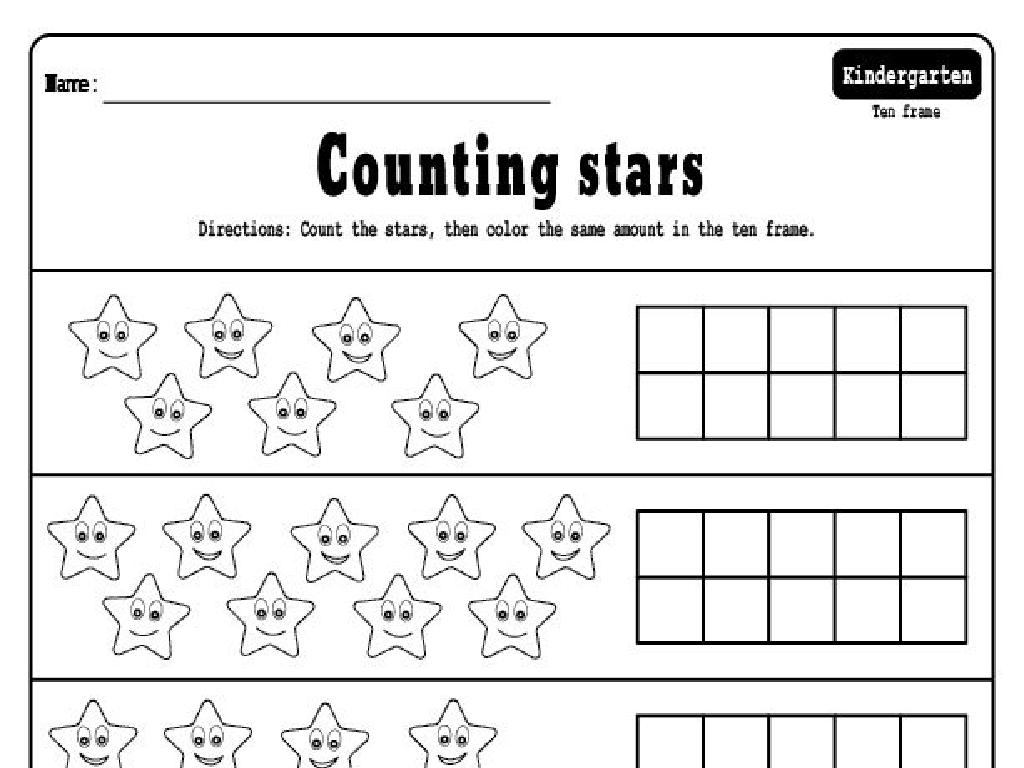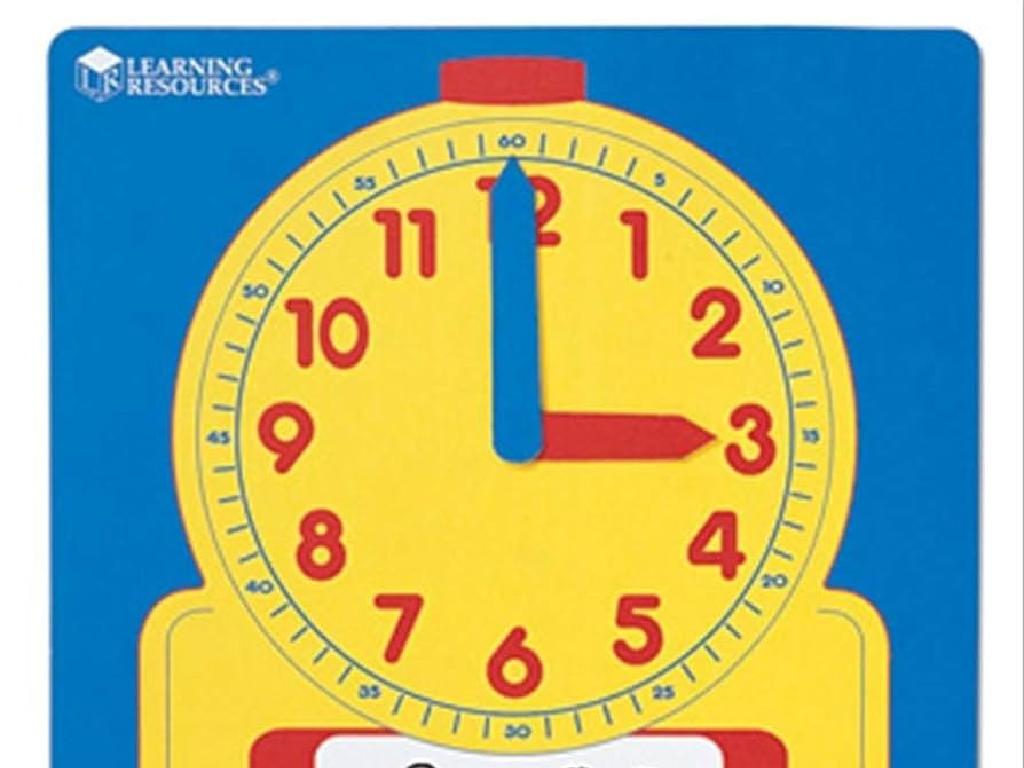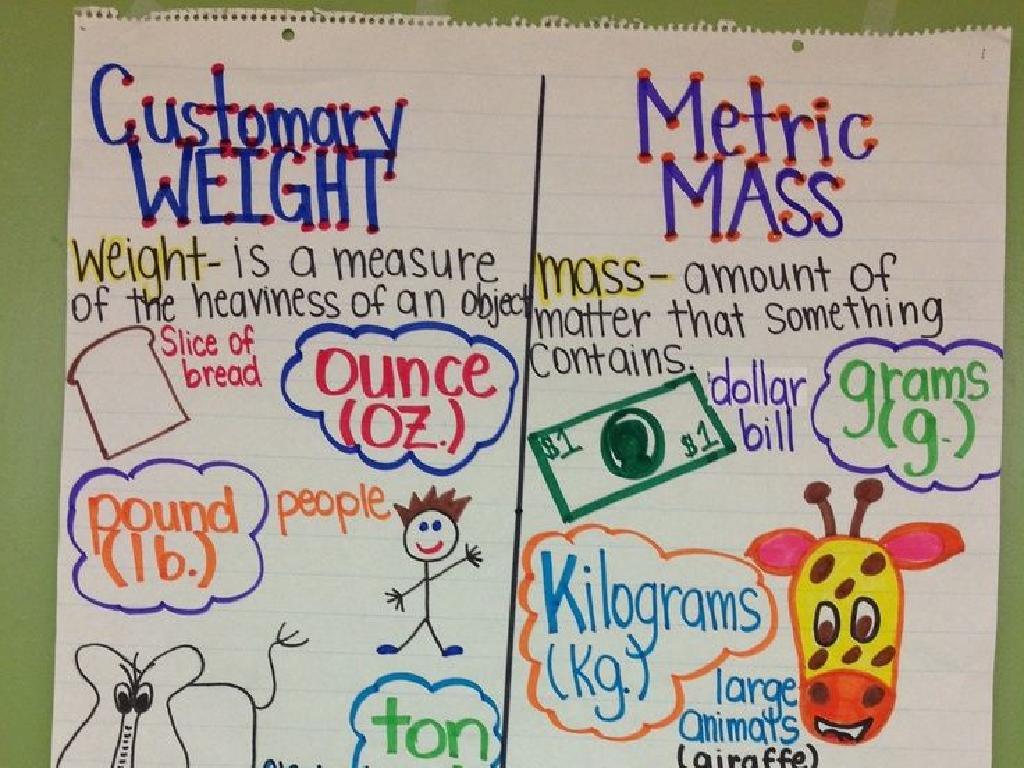Name Countries Of Europe: Region 2
Subject: Social studies
Grade: Seventh grade
Topic: Europe: Geography
Please LOG IN to download the presentation. Access is available to registered users only.
View More Content
Exploring Central Europe: Region 2
– Europe’s diverse geography
– Central Europe: Region 2
– Includes Germany, Poland, Czech Republic, Austria, Switzerland
– What defines a region?
– Common physical/cultural characteristics
– Significance of regional study
– Helps understand Europe’s complexity & interconnections
|
This slide introduces students to the geographical diversity of Europe, with a focus on Central Europe, identified as Region 2. Emphasize that Europe is divided into various regions based on physical landscapes, cultural traits, and historical backgrounds. Central Europe, for instance, consists of countries like Germany, Poland, Czech Republic, Austria, and Switzerland, each with its unique features yet sharing common characteristics that define the region. Understanding regions helps students grasp the complexity of Europe and the interconnectedness of its countries. Encourage students to explore these countries’ locations on a map and consider how geography influences culture and history.
Understanding Regions in Geography
– Define a geographical region
– An area with distinct physical, political, or cultural features.
– Characteristics defining a region
– Common language, climate, government, or religion can define a region.
– Examples of global regions
– The Sahara, Amazon Basin, and the Midwest are examples of different types of regions.
– Europe’s regional divisions
– Europe is divided into several regions, such as Northern, Southern, Eastern, and Western Europe.
|
This slide introduces the concept of a region in geography, which is crucial for understanding how Europe is organized. A region is an area distinguished by unique features that can be physical, political, or cultural. When defining a region, look for common characteristics such as language, climate, government, or religion. Provide students with examples of other regions around the world to illustrate the concept. Discuss how Europe is divided into various regions, each with its own identity and characteristics. This will set the stage for exploring Region 2 of Europe in more detail, helping students to contextualize and compare different parts of the continent.
Exploring Central Europe
– Identify Central European countries
– Countries like Germany, Poland, and Austria
– Discuss countries’ unique features
– Landmarks, language, and cuisine differences
– Share interesting country facts
– Historical events, famous people, and inventions
– Engage with cultural diversity
– Understanding the rich cultural tapestry of Europe
|
This slide aims to introduce students to the countries of Central Europe, highlighting their geography, culture, and history. Start by locating each country on a map, then discuss what makes each one unique, such as their landmarks, languages, and traditional foods. Share interesting facts about each country’s history, notable figures, and contributions to the world. Encourage students to appreciate the cultural diversity within this region and consider how these countries, while geographically close, can be vastly different in terms of culture and heritage. This will not only enhance their geographical knowledge but also their understanding of European cultural diversity.
Exploring Central Europe: Geography
– Central Europe’s major landforms
– The Alps and Carpathian Mountains are prominent features.
– Rivers and lakes in the region
– The Danube River and Lake Balaton are key water bodies.
– Climate patterns of Central Europe
– Varied climate: from oceanic in the west to continental in the east.
– Natural resources available
– Abundant coal, timber, and fertile agricultural land.
|
This slide aims to give students a comprehensive overview of Central Europe’s physical geography. Discuss the major landforms, such as the Alps, which are significant for their high peaks and the Carpathian Mountains, which stretch across multiple countries. Highlight important rivers and lakes, especially the Danube River, which is a crucial waterway for transport and commerce, and Lake Balaton, a tourist attraction. Explain the climate variations, from milder oceanic influences in the west to more extreme continental climates in the east. Lastly, touch on the natural resources, including coal deposits that have historically powered industries, extensive forests that provide timber, and fertile lands that support agriculture. Encourage students to think about how these geographical features affect the lives and cultures of people living in Central Europe.
Cultural Highlights of Central Europe
– Languages in Central Europe
– German, French, Italian, and others
– Traditions and holidays
– Oktoberfest, Bastille Day, and more
– Famous landmarks
– Eiffel Tower, Colosseum, Brandenburg Gate
– Historical sites
– Auschwitz, Acropolis, Stonehenge
|
This slide aims to give students a glimpse into the rich cultural tapestry of Central Europe. Highlight the diversity of languages spoken across different countries, such as German in Germany and Austria, French in France, and Italian in Italy. Discuss cultural traditions and holidays, like Germany’s Oktoberfest and France’s Bastille Day, to show how history and culture shape celebrations. Introduce famous landmarks like the Eiffel Tower in Paris and the Colosseum in Rome, which are symbols of European heritage. Also, touch upon historical sites with significant past events, such as Auschwitz in Poland and the Acropolis in Greece. Encourage students to explore these cultural aspects further in projects or reports.
Economic Overview of Central Europe
– Central Europe’s main industries
– Manufacturing, services, and tourism dominate
– Role of agriculture and trade
– Agriculture exports and import/export trade are key
– Economic challenges faced
– Aging populations, labor shortages, and innovation gaps
– Opportunities for growth
– Investment in tech and green energy sectors
|
This slide provides an overview of the economic landscape in Central Europe. It highlights the predominant industries such as manufacturing, services, and tourism, which are pillars of the region’s economy. Agriculture remains significant, with many countries exporting agricultural products, and trade is vital due to the strategic location of the region. Students should understand the challenges Central Europe faces, including demographic shifts, labor market issues, and the need for technological advancement. Conversely, there are opportunities in embracing digital transformation and sustainable energy, which can drive future economic growth. Encourage students to think about how these economic factors influence daily life and the global economy.
Class Activity: Mapping Central Europe
– Divide into small groups
– Receive a blank map of Europe
– Label Central European countries and capitals
Countries like Germany, Poland, Austria, etc., and their capitals Berlin, Warsaw, Vienna, etc.
– Group discussion and corrections
|
This activity is designed to help students learn about the geography of Central Europe in an interactive way. By working in small groups, students can collaborate to identify and label the countries and their capitals on a blank map. This hands-on approach aids in memorizing the locations and names of Central European countries. After the activity, lead a class discussion to review the maps and correct any inaccuracies. This will reinforce their learning and ensure they understand the geography of the region. Possible variations of the activity could include using colored markers for different countries, providing hints for each country’s location, or turning it into a timed challenge to add a competitive element.
Conclusion: Central Europe Overview
– Recap Central European countries
– Highlight today’s key points
– Review geography, capitals, and culture
– Open floor for questions
– Summarize the lesson’s takeaways
– Reinforce knowledge of Europe’s diversity
|
As we conclude today’s lesson on the countries of Central Europe, start by revisiting the list of countries discussed, ensuring students can identify them on a map. Highlight the key points from the lesson, including geographical locations, major cities such as capitals, and cultural aspects that make each country unique. Open the floor for any questions to clarify doubts and encourage curiosity. Finally, summarize the lesson by emphasizing the importance of understanding the diversity and historical significance of the region in the context of European geography. This recap will help solidify the students’ knowledge and prepare them for further studies on the topic.
Homework: Explore Central Europe
– Research a Central European country
– Focus on geography, culture, economy
– Look into landforms, climate, and major cities
– Create a short presentation
– Explore traditions, language, and cuisine
– Present your findings next class
– Investigate currency, industries, and trade
|
This assignment is designed to deepen students’ understanding of Europe by focusing on a specific region: Central Europe. Students are to select one country from this region and research its geography, including physical features and climate; its culture, encompassing traditions, language, and food; and its economy, looking at currency, main industries, and trade. They will then prepare a short presentation to share their findings with the class. This activity will help students develop research skills and gain a more comprehensive view of the diverse characteristics that define Central European countries. Encourage students to use a variety of sources for their research and to practice their presentation skills.





